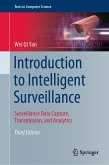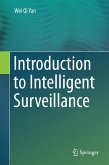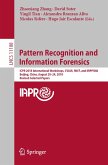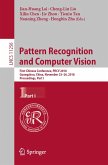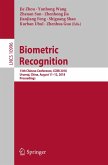Topics and features: contains review questions and exercises in every chapter, together with a glossary; describes the essentials of implementing an intelligent surveillance system and analyzing surveillance data, includinga range of biometric characteristics; examines the importance of network security and digital forensics in the communication of surveillance data, as well as issues of issues of privacy and ethics; discusses the Viola-Jones object detection method, and the HOG algorithm for pedestrian and human behavior recognition; reviews the use of artificial intelligence for automated monitoring of surveillance events, and decision-making approaches to determine the need for human intervention; presents a case study on a system that triggers an alarm when a vehicle fails to stop at a red light, and identifies the vehicle's license plate number; investigates the use of cutting-edge supercomputing technologies for digital surveillance, such as FPGA, GPU and parallel computing.
This concise, classroom-tested textbook is ideal for undergraduate and postgraduate-level courses on intelligent surveillance. Researchers interested in entering this area will alsofind the book suitable as a helpful self-study reference.
Dieser Download kann aus rechtlichen Gründen nur mit Rechnungsadresse in A, B, BG, CY, CZ, D, DK, EW, E, FIN, F, GR, HR, H, IRL, I, LT, L, LR, M, NL, PL, P, R, S, SLO, SK ausgeliefert werden.



